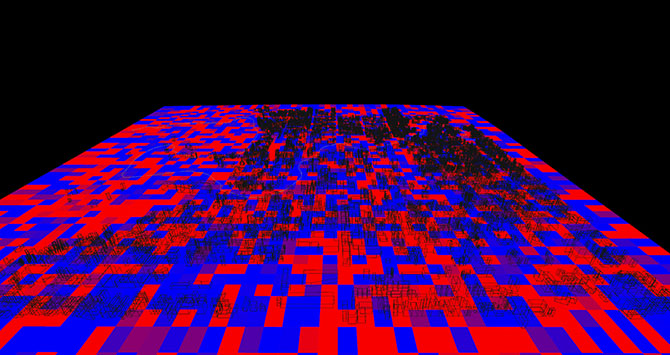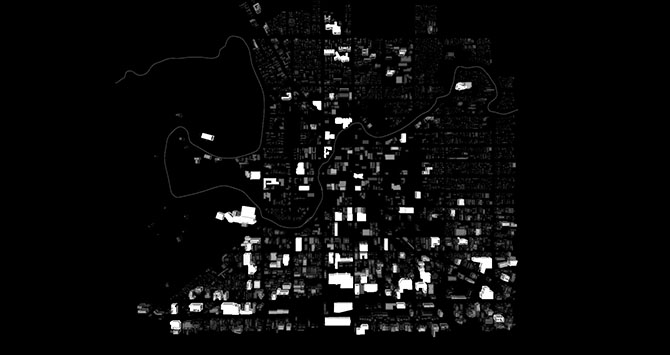Meeting the urban challenge
Building height vizualization for Christchurch, New Zealand.
I recently had the opportunity to present at the “Meeting the Urban Challenge – Smart Cities” conference. In attendance were H.E. Hans Peter Manz (Austrian Ambassador to the United States), Matt Peterson (Chief Sustainability Officer of the City of Los Angeles), Michael LoGrande (Director of Planning Department for the City of Los Angeles) and many others.
This one-day conference focused on the challenges of urbanization. City planning experts from California and Austria joined together with policy makers, architects, building professionals and researchers from academia to share their experiences and ideas on how to create an urban habitat that caters to the diverse needs of its inhabitants while being resource-efficient and protective of the environment.
As part of the panel titled “Innovative Policies for Smart Cities,” I presented a city information modeling approach that allows users to visualize complex city data from typically disparate sources, and encodes design principles taken from multiple disciplines into a unified urban design strategy.
As part of this approach, AECOM’s sustainable systems integration modeling (SSIM) software, specifically the SSIMd module, was used to calculate a range of quantitative indicators to help clients determine the most cost-effective, smart and sustainable measures. Key metrics visualized include cooling/heating demand, peak energy/water demand, annual energy/water consumption and carbon emissions.
Peak electricity demand visualization for Christchurch, New Zealand.
Annual gas consumption visualization for Christchurch, New Zealand.
Carbon footprint visualization for Christchurch, New Zealand.
This approach offers an alternative to a more traditional urban design approach, allowing for streamlined, connected planning and design that integrates land and building, ecology and economy. This capability allows AECOM to quickly and accurately evaluate varying urban design, engineering and planning scenarios early in the process. By structuring our knowledge of cities across diverse disciplines we are able to advise clients on the impact of decisions on buildings, precincts and cities.
German Aparicio (german.aparicio@aecom.com) is a computational design specialist with AECOM’s High-Performance Building group.









